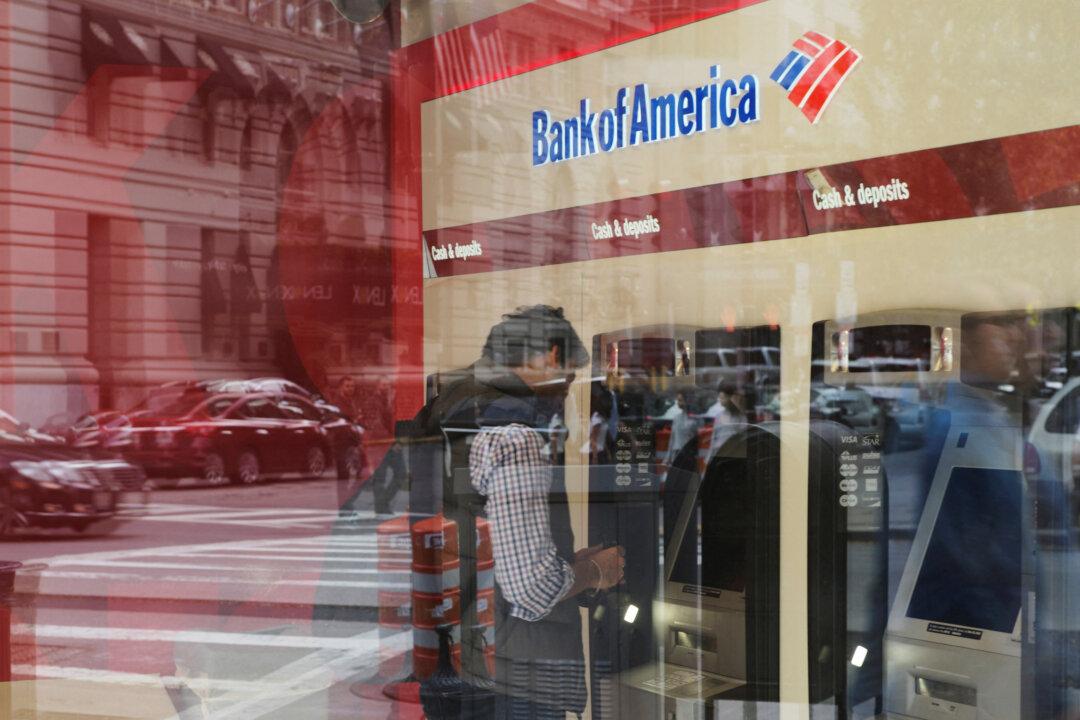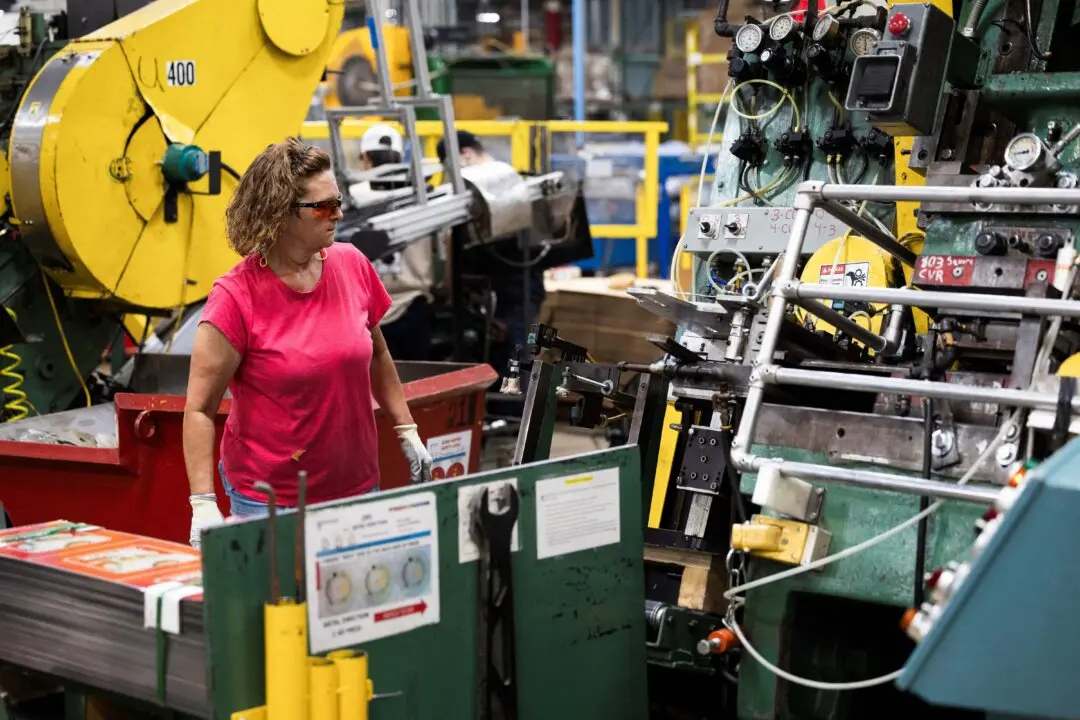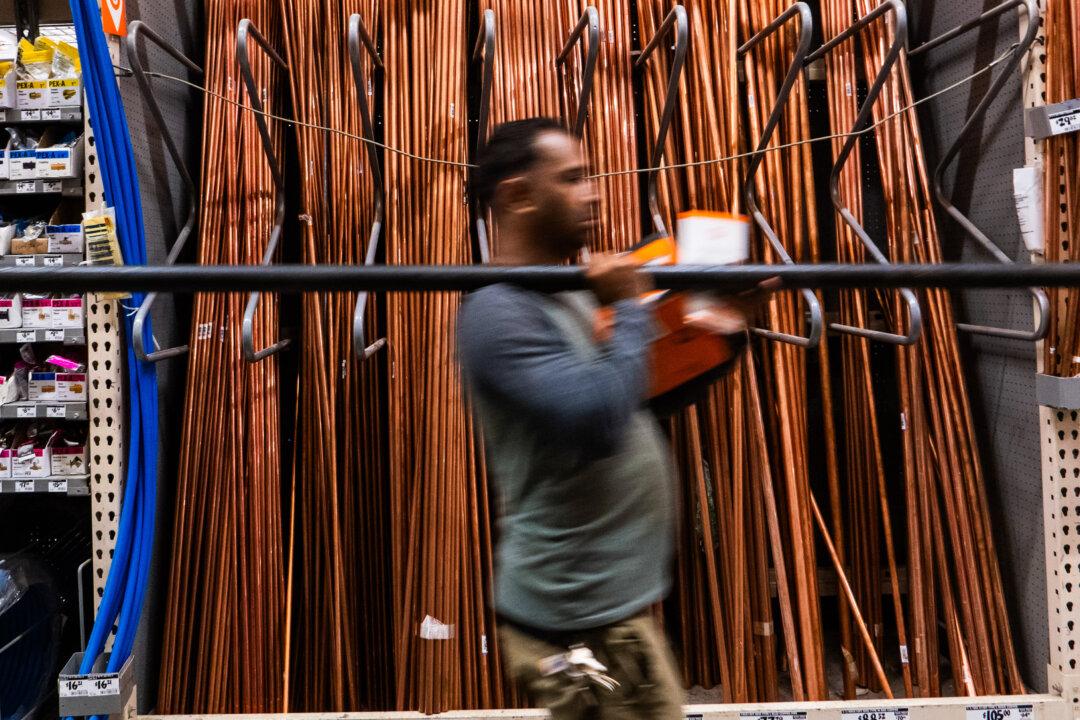A growing number of Americans are pulling money out of their 401(k) accounts because of financial hardship, new research from Bank of America (BofA) has revealed.
In the April–June period, 15,950 individuals completed a hardship withdrawal from their investment account, according to the financial institution’s second-quarter Participant Pulse report, an analysis of customers’ employee benefits programs that include more than 4 million individuals.





